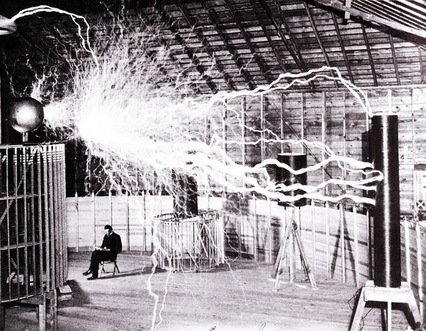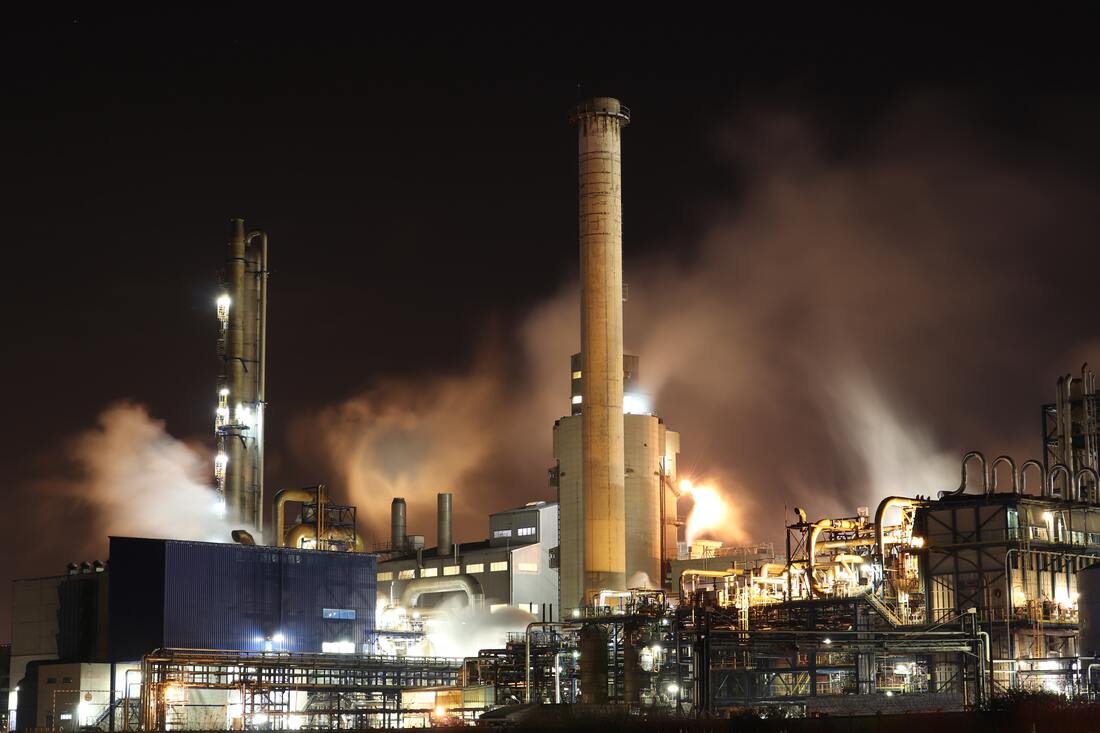ENERGY "Nikola Tesla" dreams of free energy in his lab.
The word "ENERGY" is derived from the Greek word "ENERGIA" which looses it's translation through the times but in its rawest form it comes from the word "Potential" The effect of the cause of movement and action and what is possible from this. The Greek philosopher "Aristotle" said that the word cannot really be defined, but it is understood through its examples. So OK how does that help me keep the refrigerator running or the lights on? We need to find the cause of potential movement and harness its effects. The most efficient energy producing system on the planet is (wait for it, are you ready?) that's right, you are. According to N.A.S.A the human body is cable of producing up to 11,000 watt hours of electricity. This power is used to run our brains ours eyes our heart our everything, the whole system runs on some sort of negative ground relay that science can't fully figure out because if they could we would all be plugging our cell phones into our ear. The electricity in our body is generated from negatively charged neutrons and positively charged protons and neutrally charged neutrons doing their thing that they do. The out come of all this is energy, which is the potential of the outcome in motion, "cause and effect". For more info on the Humane power plant go here> ElectricBody. Since we haven't quite figured out how to tap into this wealth of energy just yet we are going to have to find something else, and there are many other sources of energy out there just waiting to be tapped into and serve us diligently without destroying our planet. Water, wind and solar are probably the big ones that everyone is aware of and they are worthy of being known, but unless you live beside a river or in a wind zone not all of these sources are readily available to you but other sources are and we will explore some of these and more to find out how we can power our lights and heat our homes and cook our food and even make a profit selling the excess energy we produce through what are called Feed In Tariffs. Click on the links above to find out more about -Solar, Bio-gas, Geo-Thermal, Composting and Wood sources of energy and their efficiency. Find answers to your Energy questions here> http://www.eia.gov/tools/faqs/
http://michaelbluejay.com/electricity/ Is THORIUM the answer ? Maybe!Offgridding.com is not an "end of days" website pertaining to any form of anti establishment movement, but we do know that knowledge is knowledge and without knowledge we can not make the properply educated decisions that we need to make to move forward in a symbiotic fashion, so with this said we present the down sides to thorium. Somewhere in the middle lies the truth and possibly the answers to a safe and abundant source of cheap and natural and very powerful energy.
The Promise and Peril of Thorium http://wmdjunction.com/121031_thorium_reactors.htm Thorium and Nuclear Weapons By Gordon Edwards http://www.beyondnuclear.org/storage/fact-sheets/Thorium%20and%20Nuclear%20Weapons.pdf |
HOW MUCH COAL, NATURAL GAS, OR PETROLEUM IS USED TO GENERATE A KILOWATT OF ELECTRICITY? The amount of fuel used to generate electricity depends on the efficiency or heat rate of the generator (or power plant) and the heat content of the fuel. Power plant efficiencies (heat rates) vary by types of generators, power plant emission controls, and other factors. Fuel heat contents also vary. Energy information Administration.
Two formulas for calculating the amount of fuel used to generate a unit of electricity:
This information was provided by the U.S. Energy Information Administration >E.I.A.< As of current, a ton of coal is on average $48 dollars. That's around .025 cents a lb, making this a fairly cheap source of energy, but it's nonrenewable, well not any time soon anyway, it will run out sooner or later. From the E.I.A. web site. So how much coal is there? It is impossible to know exactly how much coal there is, because it is buried underground. But we can make estimates.
Read the full article here. http://www.eia.gov/energyexplained/index.cfm?page=coal_reserves (2011) The United States currently exports over 100 million tons of coal to other countries. This number is currently higher than usual do to differentiating global situations both natural and man made. The total production or recovery was 1200 million tons. Normal exports are in the 5% - 7% range when everyone is playing nice and mother nature isn't upending continents. Take the energy Quiz: (Here) |


